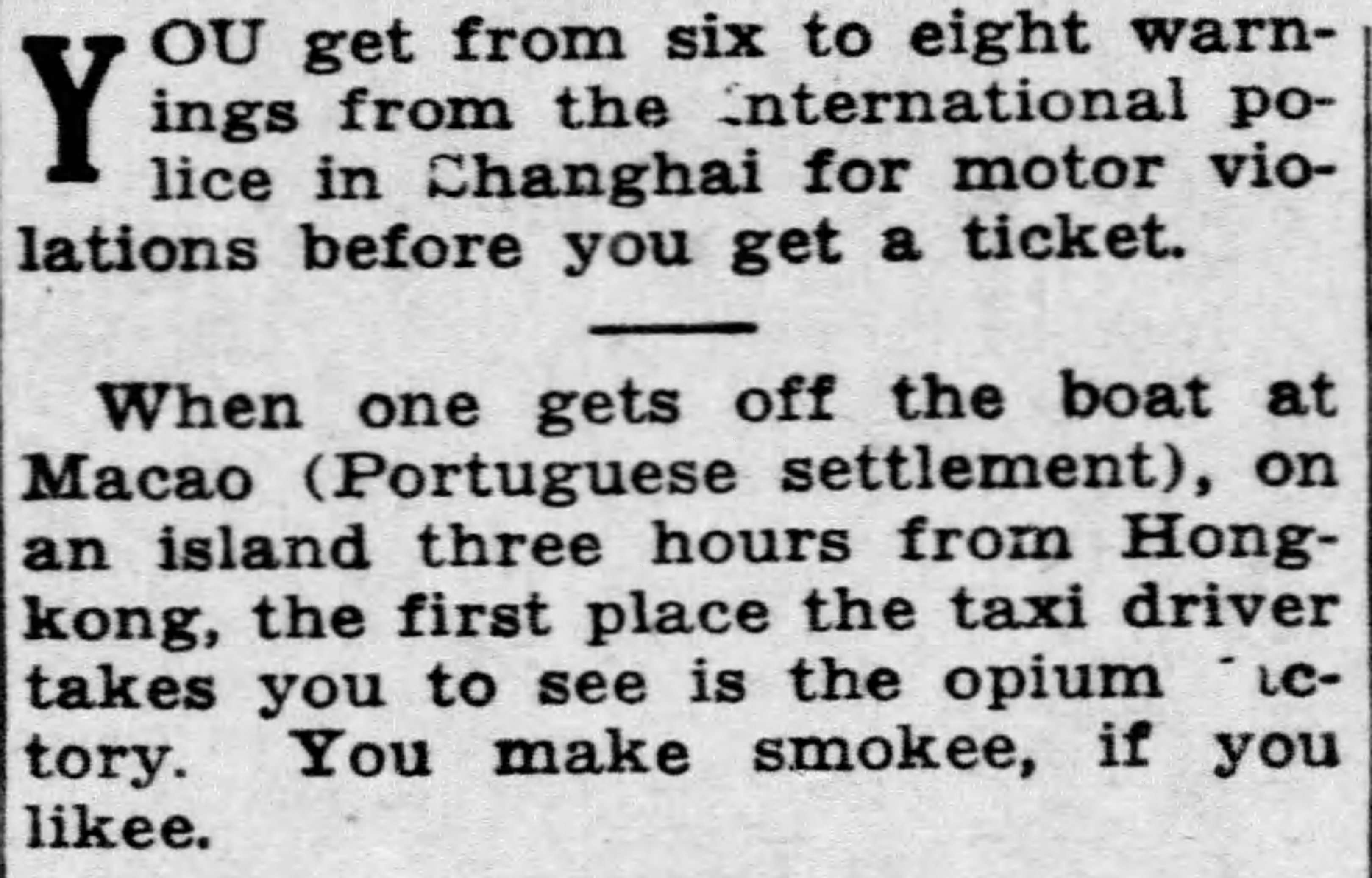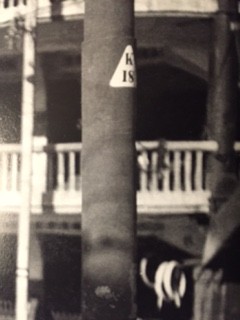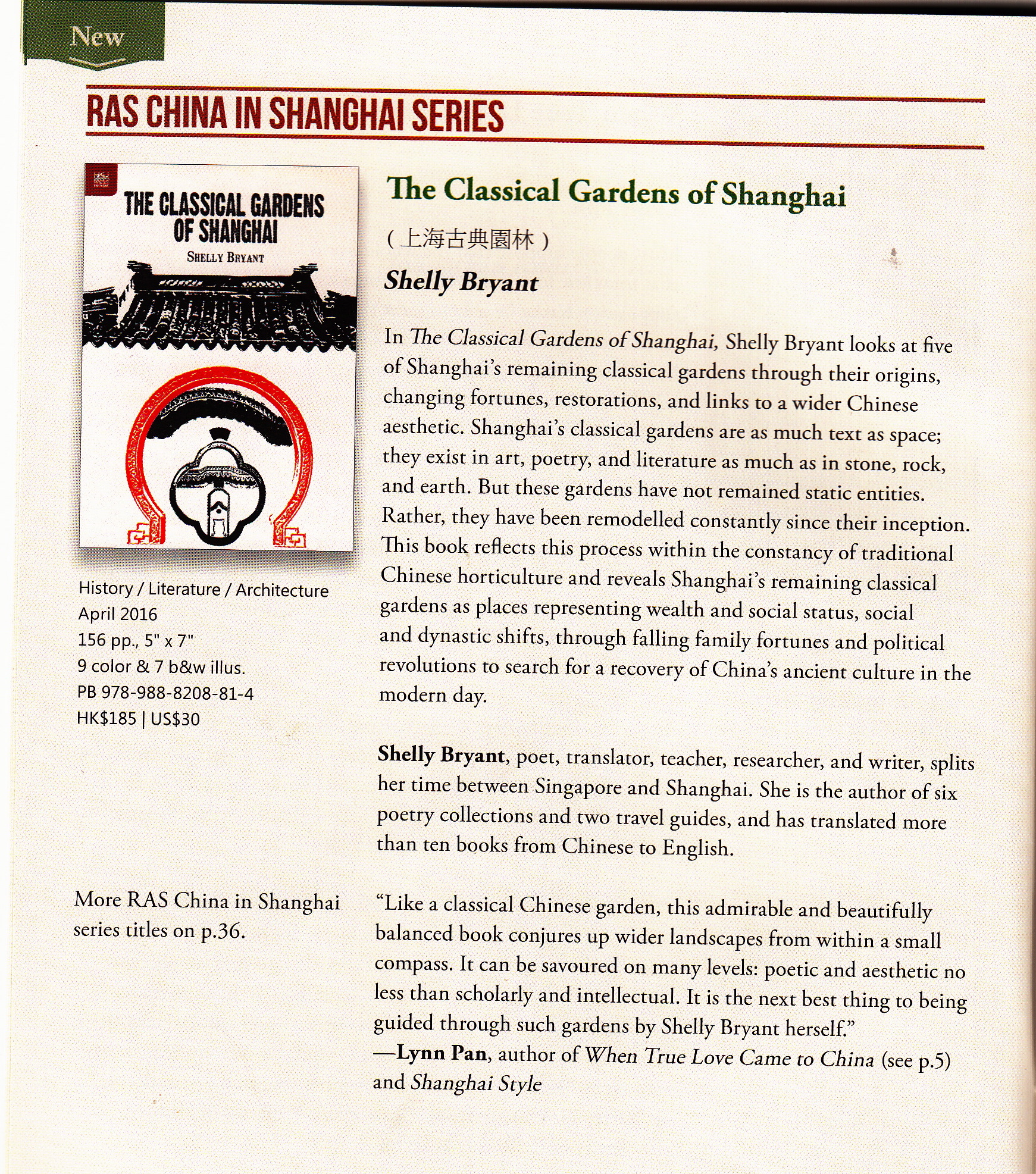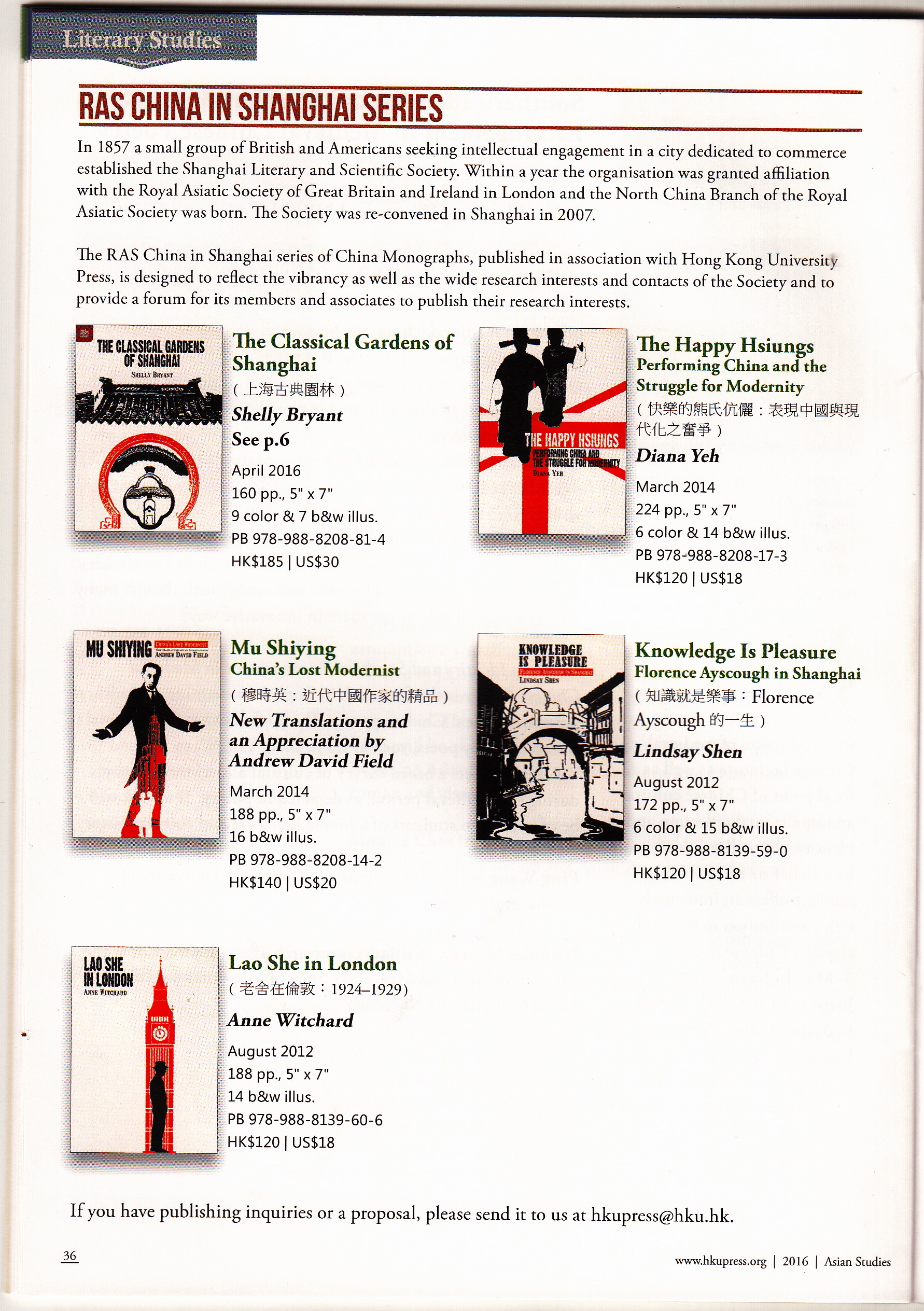Posted: May 29th, 2016 | No Comments »
A new Penguin China Special on Ezra Pound and the influence of Chinese poetry on his work from Ira Nadel….

At the turn of the twentieth century, London was a breeding ground for the avant-garde. Modernist writers like T.S. Eliot, W.B. Yeats and Ezra Pound became infatuated with the Orient. Pound in particular was inspired by the clarity and precision of Eastern poetry to rethink the nature of an English poem. Published in 1915, Cathay, Pound’s collection of fourteen experimental translations of classic Chinese poems, was a groundbreaking work that set the stage for a new-found East in the West.Â
‘Pound is the inventor of Chinese poetry for our time.’ T.S. Eliot
Posted: May 28th, 2016 | No Comments »
Just a note to say I’ll be moderating this discussion on June 1st at the Frontline in London…
One Child: A Portrait of Modern China
Wednesday June 1 2016
Frontline Club, London

In 1980, China instigated one of the most radical social experiments in human history. The one child policy has long defined the family and wider society in China – but at the end of the last year a major shift took place when Beijing announced a nationwide two-child policy.
We will be discussing how the one child policy has come to shape the fabric of modern China, as well as the repercussions it has had. From the significant gender imbalance to the dramatically raging population, what can we learn from this social experiment and what does it mean for China’s future?
Chaired by Paul French, an author and widely published analyst and commentator on Asia, Asian politics and current affairs. He is author of North Korea: State of Paranoia and the international bestseller Midnight in Peking.
The panel:
Jeffrey Wasserstrom is chancellor’s professor of history at the University of California, Irvine, and editor of the Journal of Asian Studies. He has edited a number of books on China and is the author of four including China in the 21st Century: What Everyone Needs to Know.
Mei Fong is a journalist with more than a decade of reporting in Asia, most recently as China correspondent for The Wall Street Journal. She is the author of One Child: The Past and Future of China’s Most Radical Experiment.
Isabel Hilton is a journalist, broadcaster and writer. She is the founder and editor of chinadialogue and has authored and co-authored several books and holds honorary doctorates from Bradford and Stirling Universities. She was appointed OBE in 2010 for her contribution to raising environmental awareness in China.
Book here

Posted: May 27th, 2016 | No Comments »
It’s becoming abundantly clear that 2016 will be the worst year for preserving Shanghai’s architectural heritage since the pre-2010 run up to EXPO. The old town, the former Northern and Western External Roads and Frenchtown have all seen serious bulldozing in the first five months of the year. However, no where is being gutted more or faster than the districts north of the Suzhou Creek – Hongkou, Tilanqiao and Yangpu (formerly Yangtzepoo or Y’Poo), once the Municipal Police’s “Eastern District”. you won’t see too many heritage walks arranged north of the Creek. Despite easy access by subway nowadays that area remains largely terra incognita to most tourists. However, north of the Creek, especially Y’Poo is (or increasingly was) home to a significant amount of interesting and important architecture, notably industrial architecture. The bulldozing of Y’Poo accelerated rapidly in the run up to EXPO and hasn’t really stopped, although most people forget just how large the district is.
Now, so the Global Times reports, Pinliang Road is under further sustained attack. I blogged back in February 2011 about the bulldozing of several villas along the street showing how post-EXPO destruction was just rolling right along in Y’Poo. Dalian Road (Dalny Road) and Jingxing Road (Jansen Road) have also seen major destruction.Tongbei Road (formerly Thorburn Road on the Hongkew/Yangtszepoo borders) has also seen large scale clearance up to and including most of the old Shanghai Municipal Waterworks. Dongdaming Road (formerly Seward Road) starting from Gongping Road (Kung Ping Road) toward the XinjianLu Tunnel is pretty much all gone (as blogged here in early 2011).Other examples include a wonderful block of housing, originally built 1925, that stretched along Huimin Road (formerly Baikal Road) between Tongbei (Thorburn), crossing Liaoyang Road (Liaoyong Road) and ran as far as Dalian Road (Dalny Road) which came down in 2010 (blogged here). There are many, many other examples.
Now the former apartment blocks on Tongbei Road, once owned by the Catholic Church in Shanghai, are to come down (see pictures below). With surrounding planned demolitions that’s 5,000 families being “relocated”. It seems nothing can stop the wholesale flattening of Y’Poo…


Posted: May 26th, 2016 | No Comments »
When you peruse an old Chinese newspaper or magazine, looks at all those old Shanghai calendar girl posters, gaze at old photos of Shanghai’s streets ever noticed just how many cigarette ads you see – and just how many brands seemed to be competing for the consumer? Hundreds. Well, that’s because it was totally crazy with so many competing brands…according to this short article, over a thousand brands in 1933…

Posted: May 25th, 2016 | No Comments »
The first is a fact that I never knew…and, yes even I, probably didn’t need to…
The second may or may not have been true…sadly, I can verify from numerous trips, it is no longer true and you now have to find the factory yourself nowadays…


Posted: May 24th, 2016 | No Comments »
We are now in the last days of Shanghai’s old town. With a few years, if not sooner, it will all be gone. There is no plan to keep anything; Shanghai’s urban planners have no interest in retaining, let alone restoring, any of the ancient buildings left within the district. This video, from Associated Press, shows the extent of the destruction and the failure of attention by the city to its own heritage and architecture. All too soon videos and photographs such as this will be all that remains of the old city as it now faces close to total extinction…

Posted: May 23rd, 2016 | No Comments »
I posted an old Shanghai Municipal Police “No Waiting” sign the other day; it was also the case that every telegraph pole was numbered in Shanghai too. Not sure where this one was but each pole had a sign like this….

Posted: May 22nd, 2016 | No Comments »
This week the Royal Asiatic Society China officially launched its fifth China Monograph – Shelly Bryant’s Classical Chinese Gardens of Shanghai. Here, for those who may have missed it, are details of that book…and a reminder of the others in the series…all available as either paperbacks or e-books…













